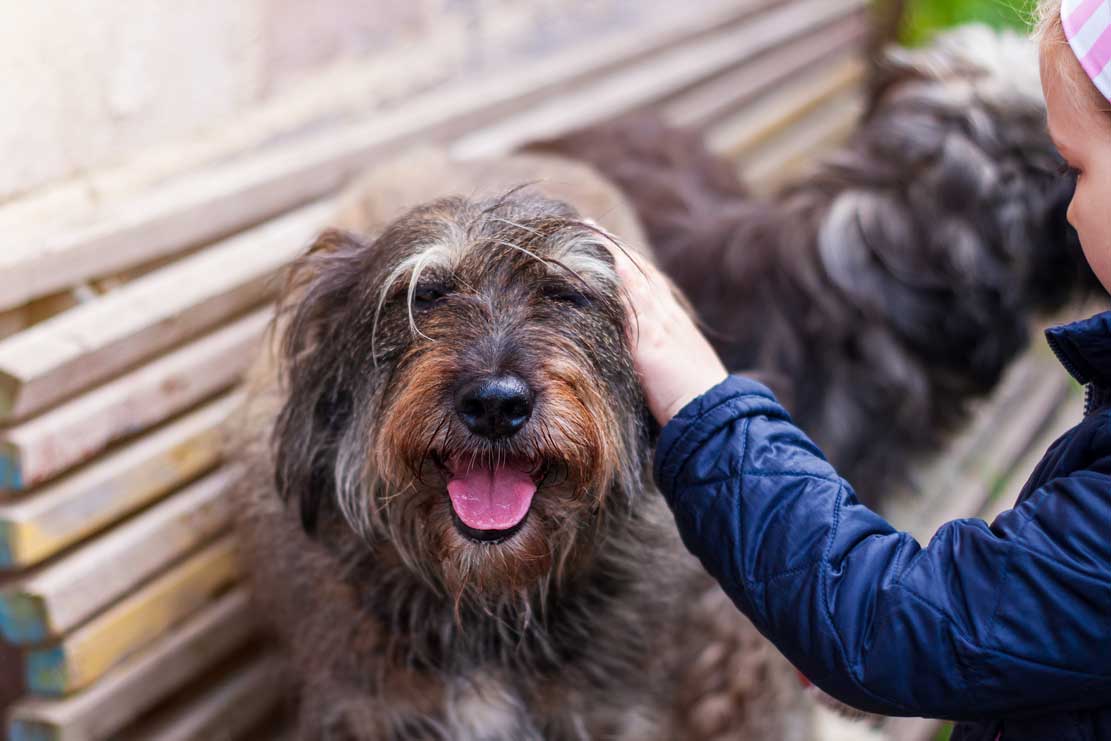
How to Tell When It’s Time to Call in a Pro to Help Your Dog with Mobility Issues
As dog owners, we cherish the moments of joy, loyalty, and companionship our furry friends bring into our lives. However, it’s heart-wrenching to see them struggle with mobility issues, especially as they age or face conditions like arthritis or intervertebral disc disease (IVDD). Our natural instinct is to help them ourselves, ensuring their comfort and well-being. We get on YouTube, read all the articles, ask friends and family for advice and often ending up wandering the isles of the pet store for products. We try all the methods with varying degrees of success. While our efforts are well-intentioned and often beneficial, there are times when seeking professional help is the best course of action for our beloved pets.
Recognizing the Signs: When to Seek Professional Help
-
Persistent Pain and Discomfort
If your dog consistently shows signs of pain, such as whimpering, yelping, or avoiding certain movements, it’s crucial to seek professional help. Pain that doesn’t improve with home remedies or prescribed medication indicates a need for further evaluation by a professional.
-
Difficulty Standing or Walking
When your dog struggles to stand up, walk, or navigate stairs, it may be a sign of worsening mobility issues. While occasional stiffness can be normal, consistent difficulty requires attention from a specialist who can assess the underlying causes and recommend targeted interventions.
-
Sudden Changes in Behavior
Mobility issues can cause significant stress and anxiety in dogs, leading to changes in behavior. If your once-friendly pet becomes irritable, withdrawn, or shows aggression, it’s time to consult a professional who can address both the physical and emotional aspects of their condition.
-
Inability to Perform Basic Activities
If your dog struggles with basic activities like eating, drinking, or going to the bathroom, these are red flags that necessitate expert intervention. A professional can provide the necessary support and equipment to help your dog regain some independence and quality of life.
The Benefits of Professional Intervention
-
Expert Diagnosis and Treatment Plans
Mobility professionals have the knowledge and tools to accurately diagnose the underlying causes of your dog’s comfort issues. They can develop personalized treatment plans that may include physical therapy, massage, or even the use of specialized equipment.
-
Access to Specialized Equipment
Professionals have access to specialized equipment designed to assist dogs with mobility problems. This includes items like harnesses, wheelchairs, and electronic stimulation. Such equipment can significantly improve your dog’s mobility and overall well-being.
-
Comprehensive Pain Management
Managing pain effectively is crucial for improving your dog’s quality of life. Professionals can provide advanced pain management techniques, including customized plans tailored to your dog’s specific needs in your home and with your family.
-
Enhanced Monitoring and Support
Regular visits from a professional (yes, they come to you!) ensure your dog’s condition is closely monitored. This allows for timely adjustments to treatment plans and provides you with ongoing support and guidance in caring for your pet.
How to Ensure Your Dog Receives the Best Care
-
Choose the Right Professional
Look for professionals who specialize in mobility issues. Read reviews, ask for recommendations, and ensure they have the necessary credentials and experience.
-
Communicate Openly
Provide the professional with detailed information about your dog’s symptoms, medical history, and any treatments you’ve tried at home. Open communication ensures a thorough understanding of your dog’s condition and helps in developing an effective treatment plan.
-
Follow Through with Recommendations
Consistency is key in managing your dog’s mobility issues. Follow the professional’s recommendations diligently, whether it involves administering medication, engaging in physical therapy exercises, or using specialized equipment.
-
Monitor Progress and Adjust as Needed
Keep track of your dog’s progress and communicate any changes or concerns with the professional. Regular updates allow for timely adjustments to the treatment plan, ensuring your dog continues to receive the best possible care.
Take the Next Step
Our dogs depend on us for their well-being, and it’s our responsibility to ensure they lead happy, comfortable lives. While our efforts as pet owners are invaluable, there are times when seeking professional help is the most compassionate choice. Recognizing the signs that indicate a need for expert intervention and understanding the benefits of professional care can make all the difference in your dog’s quality of life.
By choosing the right professionals, communicating openly, and diligently following through with recommended treatments, you can provide your dog with the best possible care. Remember, sometimes the greatest act of love is knowing when to call in a pro to help your furry friend regain their mobility and enjoy life to the fullest.
If you’re concerned about your dog’s mobility issues, don’t wait— contact us today and take the first step towards improving your pet’s health and happiness.
